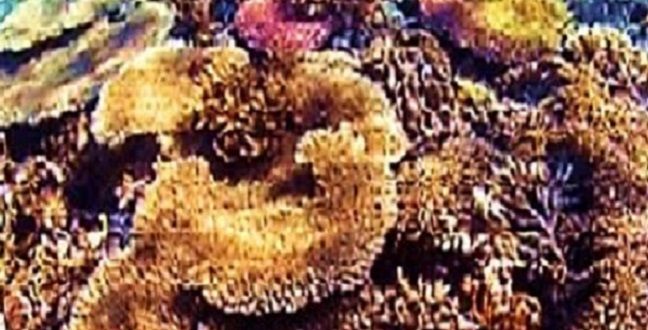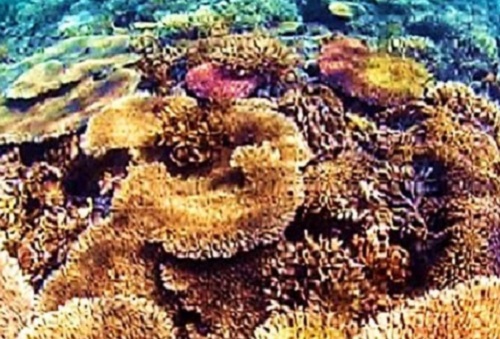Material Science and Engineering
A warm relationship between corals and bacteria
The close association between corals and bacteria may help protect coral from heat stress and bleaching.


The table coral Acropora is an important reef builder. KAUST researchers have shown how bacteria associated with these corals appear to help the coral animal adapt to higher temperatures.
© 2017 KAUST Anna Roik
Bacteria in certain microbiomes appear to help corals adapt to higher water temperatures and protect against bleaching, as shown by a KAUST-led research team1.
Coral animals rely on algal and bacterial symbionts, known as their microbiome, to function and thrive. These mutually beneficial relationships could prove vital if corals are to survive the rapid warming of the oceans because short-lived bacteria can adapt more quickly than long-lived corals and thus may offer corals some protection.
“Our challenge is to untangle and understand the symbiotic interactions between corals and other organisms,” said Associate Professor of Marine Science Christian Voolstra at the Red Sea Research Center in KAUST, who led the project in collaboration with scientists at Stanford University. “We designed an experiment that allowed us to monitor coral-bacterial interactions over time and assess their responses to changes in water temperature.”
The team conducted their research in South Pacific reef pools off of Ofu Island in the National Park of American Samoa. They chose two pools in close proximity that hosted the same coral species, Acroporahyacinthus, but that had different naturally occurring water temperatures: one pool had a lower temperature range, rarely exceeding 32 degrees Celsius, while the other fluctuated between 25 and 35 degrees Celsius.
The international team transplanted some coral fragments from one pool to the other and closely monitored them and their associated bacteria in both their native and new environments.
“Seventeen months after transplantation, we conducted a short-term heat-stress experiment and found that the corals transplanted from the colder to the warmer environment had changed their associated bacteria and were more heat resistant,” explained Voolstra. “Their microbiome was similar to the corals native to the warmer pool. This suggests that bacterial associations are flexible and can potentially help corals adapt to changing environments—an exciting outcome!”
In the stress experiment, corals native to the cooler pool bleached significantly, while corals moved to the warmer pool 17 months earlier bleached less, in line with their newly acquired microbiome. Further analysis of the distinct microbial communities in the pools showed that the higher-temperature microbiomes had a higher-carbohydrate metabolism and a more functional sugar-transport system.
“Our next step is to prove that specific bacteria directly contribute to the thermal tolerance of the host,” said Voolstra. “We can do this by showing that the absence of a bacterium renders the coral host heat sensitive, whereas an association with the same bacterium makes coral more heat tolerant.”
“This is challenging because finding the right bacteria is like finding a needle in a haystack, but we’ll go for it,” said Voolstra.
References
- Ziegler, M., Seneca, F.O., Yum, L.K., Palumbi, S.R., & Voolstra, C.R. Bacterial community dynamics are linked to patterns of coral heat tolerance. Nature Communications 8, 14213 (2017).| article
You might also like

Applied Physics
A single additive enables long-life, high-voltage sodium batteries

Bioengineering
Smart patch detects allergies before symptoms strike

Applied Physics
Two-dimensional altermagnets could power waste heat recovery

Applied Physics
Interface engineering unlocks efficient, stable solar cells

Applied Physics
The right salt supercharges battery lifespan

Applied Physics
Light-powered ‘smart vision’ memories take a leap forward

Applied Physics
Natural polymer boosts solar cells

Material Science and Engineering



